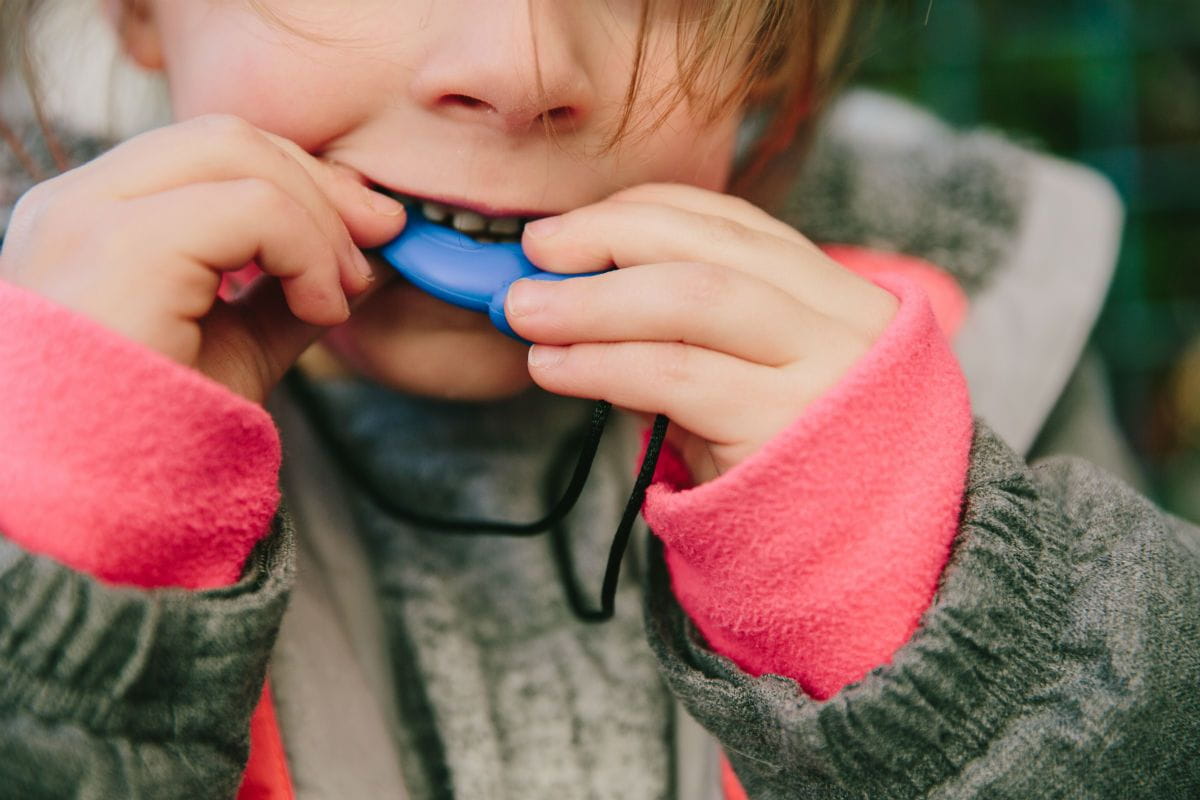Children with sensory processing challenges often struggle with regulating their sensory input. This can manifest as overstimulation or understimulation, leading to a host of behavioral or emotional issues. One way to help sensory-seeking children self-regulate is by providing them with chewelry, a specialized type of necklace or bracelet designed for chewing. Chewelry provides a discreet and safe way for children to meet their sensory needs and focus on other tasks, such as learning or playing. In this blog post, we explore the benefits of chewelry for sensory processing.
Self-soothing and Stress Reduction: Chewelry provides a self-soothing mechanism that helps children with sensory processing challenges manage stress and anxiety. The repetitive motion of chewing can promote relaxation, just like how some people find smoking or snacking calming. By providing a chewelry necklace or bracelet, you give your child a healthy and safe outlet to cope with their sensory issues. As a result, they may be better able to focus on schoolwork or socializing.
Oral Motor Skill Development: Some children with sensory processing challenges have difficulty with fine motor skills or oral motor skills development. Chewing on chewelry can help them strengthen the muscles in their jaw and mouth, leading to better speech articulation, chewing and swallowing. It also helps them manage the sensation of food in their mouth, which can be challenging for some children with sensory processing issues. Some experts believe that chewelry may also improve the oral tactile awareness of children, which is the ability to detect food textures and temperatures.
Confidence and Dignity: For children with sensory issues, socializing can be challenging. Chewelry provides a discreet and stylish way for children to meet their sensory needs without drawing unwanted attention to themselves. They can wear their chewelry to school, playground, or family gatherings without feeling ashamed or embarrassed. It also prevents them from engaging in inappropriate or unsafe chewing habits, such as chewing on pencils, clothing or toys.
Versatile and Safe: Chewelry comes in a variety of designs and materials, including silicone, plastic, and wood. It is durable and affordable, making it an ideal investment for parents or caregivers of children with sensory challenges. Chewelry manufacturers ensure that their products meet safety standards and are free from toxic chemicals such as BPA, phthalates, and lead. Therefore, you can rest assured that your child is using a product that is both safe and effective.
Easy to Clean: Maintaining oral hygiene is critical for children’s health and wellbeing. Chewelry is easy to clean, and with proper care, it can last for months or even years. You can clean it with warm soapy water, a soft brush, or a dishwasher. You can also replace the chewelry if it becomes too worn out or unsanitary. This makes chewelry practical and convenient for parents or caregivers, who can focus on creating a supportive environment for their child instead of worrying about cleaning chewed up toys or clothes.
Conclusion:
Chewelry is a simple solution to a complex problem. It offers a multitude of benefits for children with sensory processing challenges, ranging from self-soothing and stress reduction to oral motor skill development and hygiene. Chewelry is versatile, stylish, and safe, making it an excellent tool for parents or caregivers seeking a cost-effective way to support their child’s sensory needs. By providing your child with chewelry, you empower them to manage their sensory input, build confidence, and focus on thriving in their daily lives.


